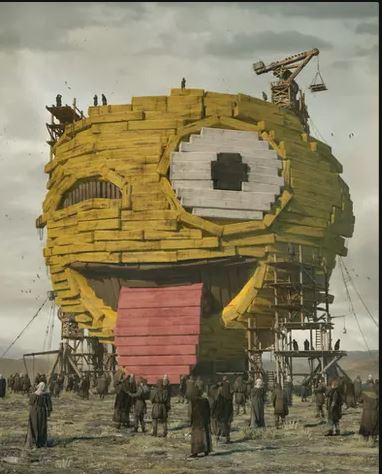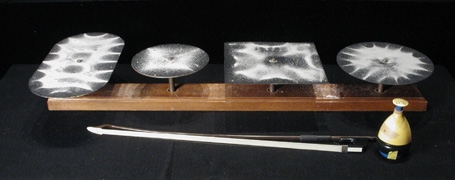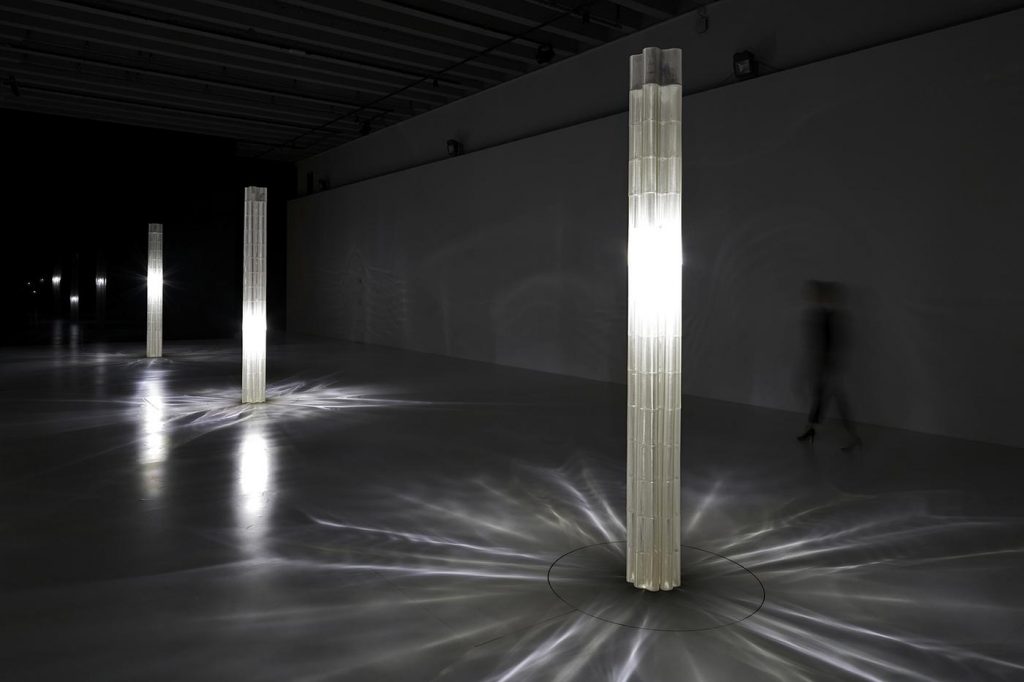The controversial website, https://thispersondoesnotexist.com/, generates portraits of seemingly real people with different features with just a page refresh. If told these are real people it is easily believable, however, they are computer-generated images from artificial intelligence. Phillip Wang is the software engineer which created this website. There is a randomness on how these “people” will be generated because there are theoretically, countless possibilities. And depending on the scale, millions of facial features.
The controversy of this project is because of the realistic properties of each generated face. The sheer amount of people on the planet is difficult to keep on record who is who and if someone that is generated is truly a fake person. The concern is if a false human can be easily generated at a refresh of a page, then how can we trust one of our more basic senses, sight. Despite not being a so-called artistic project, I found this to be quite refreshing because of the limits of this project. Saying something looks alike is subjective between any two people but not with our developing technology, the randomness created from this AI can be used to create an identity or mimic an existing one. It is interesting the capabilities of a randomly generated face. It can be unlocking a phone using facial recognition or playing a character with an avatar which is not even real.

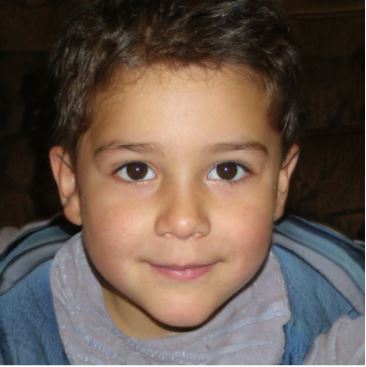
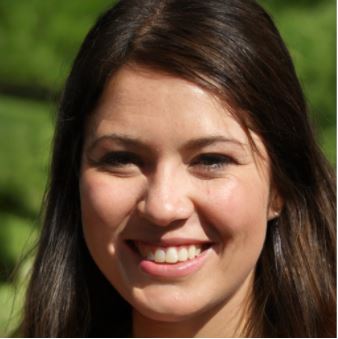
![[OLD FALL 2020] 15-104 • Introduction to Computing for Creative Practice](../../../../wp-content/uploads/2021/09/stop-banner.png)

